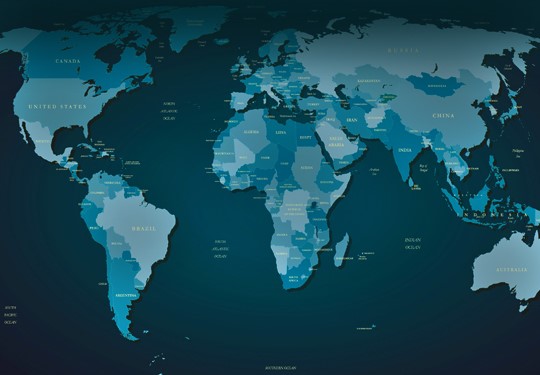The managing director of a U.S.-based defense consulting firm was concerned that the company was failing to capture and leverage the knowledge and expertise resident in its roughly 15,000-person consulting staff. While there were well over one hundred knowledge management initiatives underway, almost all were being performed and funded at a local level (i.e., within a department or workgroup). The firm’s leadership team lacked visibility to almost all of these projects and none of its knowledge assets, such as project proposals, resumes, project summaries, frameworks, white papers, and marketing materials, were available for reuse across the firm. The firm had no comprehensive approach for preserving corporate knowledge.
The managing director believed that there was a significant opportunity to establish companywide policies and practices for managing and safeguarding the firm’s knowledge assets. He formed a steering committee, composed of roughly 20 senior partners, and charged them with developing and implementing a best-in-class knowledge management program.
After about a year of meetings with limited results, the committee decided to seek assistance from outside experts. They solicited proposals from about a dozen KM-focused consulting firms. Iknow was selected from this group because of the strength of its qualifications and depth of its KM expertise.
As the first step in creating the knowledge-stewardship strategy and implementation plan, the Iknow project team conducted a current-state assessment to understand the consulting firm’s current capabilities, future plans, and cultural environment for managing intellectual capital. The team interviewed several dozen client staff across all organizational levels and thoroughly examined the knowledge-management processes and software applications that had been deployed across the firm.
Next, the team created an overall program roadmap and identified potential projects for an initial implementation phase. The project team conducted a day-long workshop with the committee to refine, prioritize, and select projects for this initial phase. The first wave of projects chosen by the committee included Intellectual Capital Strategy Alignment, Knowledge Audit, Governance Design, Enterprise Content Architecture Design, and Engagement Team Portal. Detailed project descriptions and activity plans were prepared for each project.
At the end of this initial assignment, the consulting firm had attained a common understanding of its knowledge-management strengths and weaknesses and had developed a clear vision and roadmap for implementing a best-in-class knowledge stewardship program. They understood that the resulting program would be a multiyear, enterprise-wide, business process improvement initiative that would require a major shift in the firm’s internal culture on capturing, storing, and sharing the firm’s collective intellectual assets. The program would also require new content management processes, organizational enablers such as new role definitions and performance metrics, and technology capabilities to capture the value of firm’s knowledge assets.


